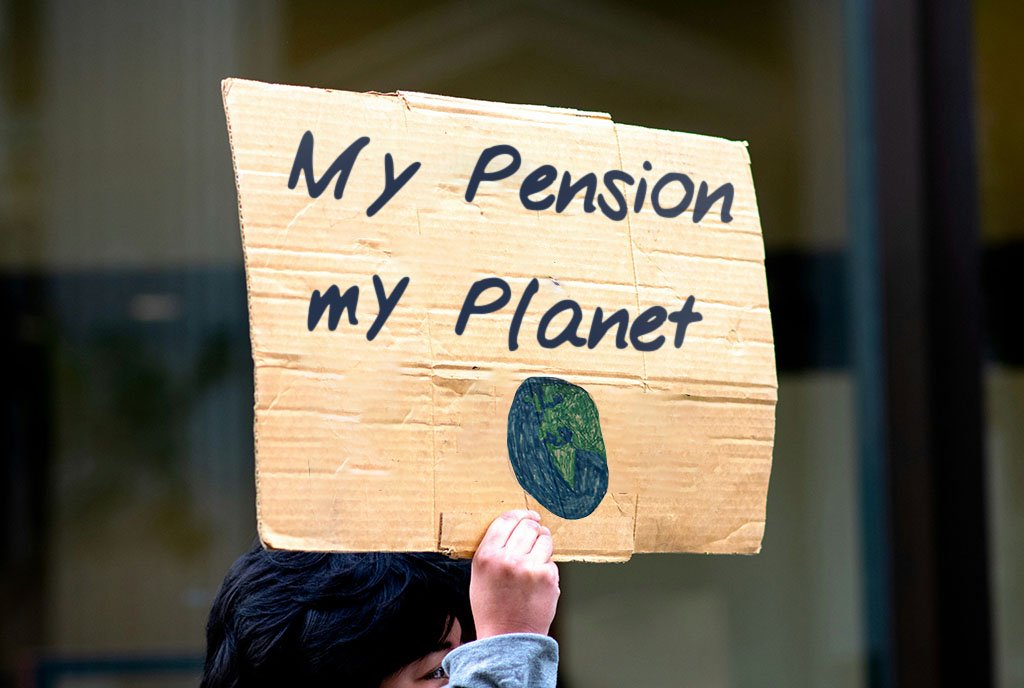
In the United States, many in the media tout bipartisanism—that is, legislation that passes with the support of both Republican and Democratic congressional representatives. To be sure, bipartisan legislation can bring benefits—most notably, a bill that passes with bipartisan support is less likely to be reversed when the other party gains power. There is some benefit to policy stability and, more broadly, to generating policy consensus.
That said, having two parties support legislation, in and of itself, is not a virtue and having a single party pass legislation is not a vice. Indeed, in a country where, for better or worse (hint: mostly worse), voters are typically forced to choose between one of two parties, a system where most legislation passes with bipartisan support would be a system in which voting, by and large, doesn’t matter.
After all, if major legislation typically requires both parties’ assent, then public policy can be set largely independently of voter preferences. While the reasons for low turnout have multiple causes (not least of which is how hard many state legislatures have made it for people to cast ballots), given the country’s often bipartisan dynamic, it may not be surprising that US turnout is relatively low, typically between 50 and 60 percent of eligible voters. It is notable that the 2020 election generated record high turnout of nearly 67 percent, perhaps in part because this time more Americans decided that their vote might make a difference.
Worse, bipartisanism has often caused great harm. As congressional scholars Thomas Mann and Norman Ornstein remind us, a leading period of US bipartisanism occurred between the 1930s and 1970s, when “a ‘conservative coalition’ of Republicans and Southern Democrats worked together to form majorities…and that bipartisanship was achieved at the cost of preserving and protecting Jim Crow.”
The Jim Crow analogy is apt to the present moment. After all, the national uprising against anti-Black racism is one reason why Joe Biden became president. Just last month, Senate Republicans blocked a voting rights bill by using a filibuster. If a majority voted to end the filibuster, the impediment could be removed, but the filibuster remains in place, again in the name of bipartisanism.
But infrastructure is different, right? Here, legislators from both parties have come together for mutual benefit. Who can be against that? In his remarks announcing the infrastructure deal, Biden enthused that the bipartisan agreement was key for “breaking the ice that too often has kept us frozen in place and prevented us from solving the real problems facing the American people.”
But what if failing to act in a partisan manner is what keeps the nation “from solving the real problems facing the American people?” After all, as Mann and Ornstein point out, bipartisanism has certainly kept the American people from facing problems before and helped reinforce structural racism.
Sign up for our free newsletters
Subscribe to NPQ's newsletters to have our top stories delivered directly to your inbox.
By signing up, you agree to our privacy policy and terms of use, and to receive messages from NPQ and our partners.
In her book on US racial inequality, The Sum of Us, Heather McGhee calls on government to address racial injustice by refilling the “pool of public goods.” Biden’s infrastructure bill was one tool that could conceivably help achieve that goal, albeit only partially. The pool of public goods left in the bipartisan bill is far less.
Dissecting the Bipartisan Infrastructure Bill
The chart below provides a quick comparison of the original infrastructure bill to the bipartisan proposal:
American Jobs Plan v. Bipartisan Framework, compared (in billions of dollars)
| Original | Bipartisan | |
| Basics (housing, water, broadband, power grid, schools) | $689 | $266 |
| Transportation (airports, rail, roads, transit, electric cars) | $621 | $313 |
| Research/development, manufacturing, workforce | $580 | $0 |
| Long-term care | $400 | $0 |
| Total | $2,290 | $579 |
The above categories are broad, of course. If one dives down, the cuts are clearer. The original Biden proposal, according to the Center for a Responsible Budget (CFRB), offered $326 billion to build more energy-efficient homes and schools; the bipartisan plan offers zero. The bipartisan bill also cuts out about $300 billion in tax credits for clean energy development, leaving only about $100 billion in clean energy supports. For example, according to the CFRB, electric vehicle funding is cut from $157 billion to $15 billion. There are also other cuts here and there—the amount for water infrastructure (including replacing lead pipes), for instance, was cut in half (from $111 billion to $55 billion). Broadband funding and transit funding were both cut by a third (broadband from $100 billion to $65 billion and transit from $77 billion to $49 billion).
This nickel-and-diming can even be seen in what one might consider core Republican priorities like roads and road safety (cut from $173 billion to $120 billion). Meanwhile, it’s worth recalling that a 2018 Congressional Research Service report found that to return to 1960s levels of infrastructure investment would require $3.5 trillion over the next decade. For its part, the American Society of Civil Engineers earlier this year estimated the nation’s core infrastructure gap to total $2.59 trillion; the bipartisan bill is only a little more than one-fifth of that amount.
A Reconciliation Save?
Reconciliation, of course, is the procedure that allows the US Senate to bypass the filibuster rule and approve legislation with a simple majority. It was most recently used to pass the $1.9-trillion coronavirus recovery plan last March.
In theory, Biden and the Democrats could insert the items that were cut from the infrastructure bill into the American Families Plan bill and pass the entire bill through reconciliation. This would enable Biden to have his bipartisan infrastructure cake and eat it too. Whether this maneuver can be pulled off remains to be seen, but it will be attempted. In a June 26th memo to Congress, Biden indicated that he would seek to pass the “Families Plan and other proposals in tandem” with the infrastructure bill.
So, the larger project of a more expansive investment in infrastructure—and of beginning to build a new social contract—is not lost entirely. The ethos of bipartisanism, however, remains a significant threat. Typically, bipartisanism privileges incrementalism. That can work sometimes, when only incremental changes are needed. But when structural changes are required, attachment to incrementalism can itself become a principal danger.












